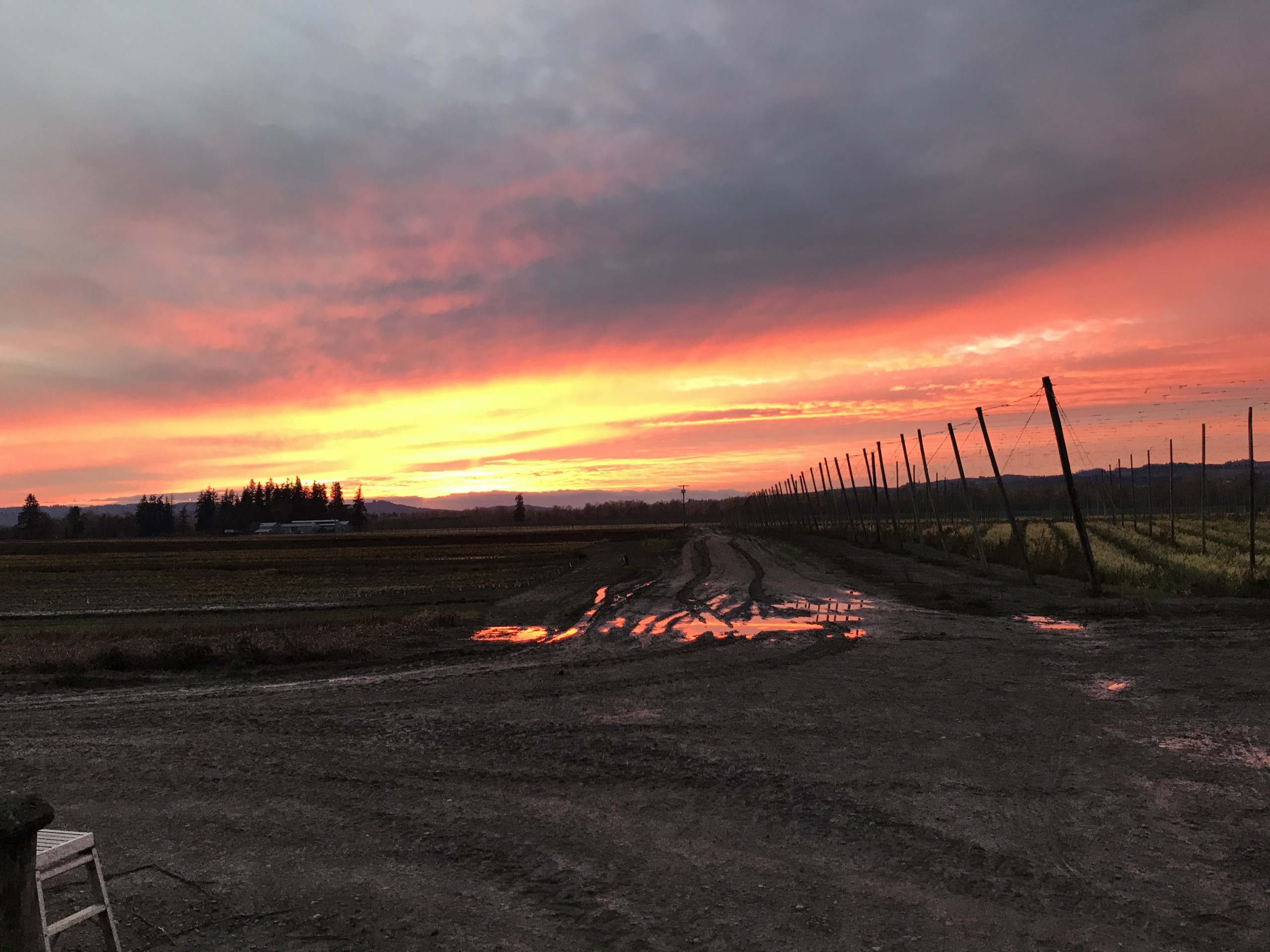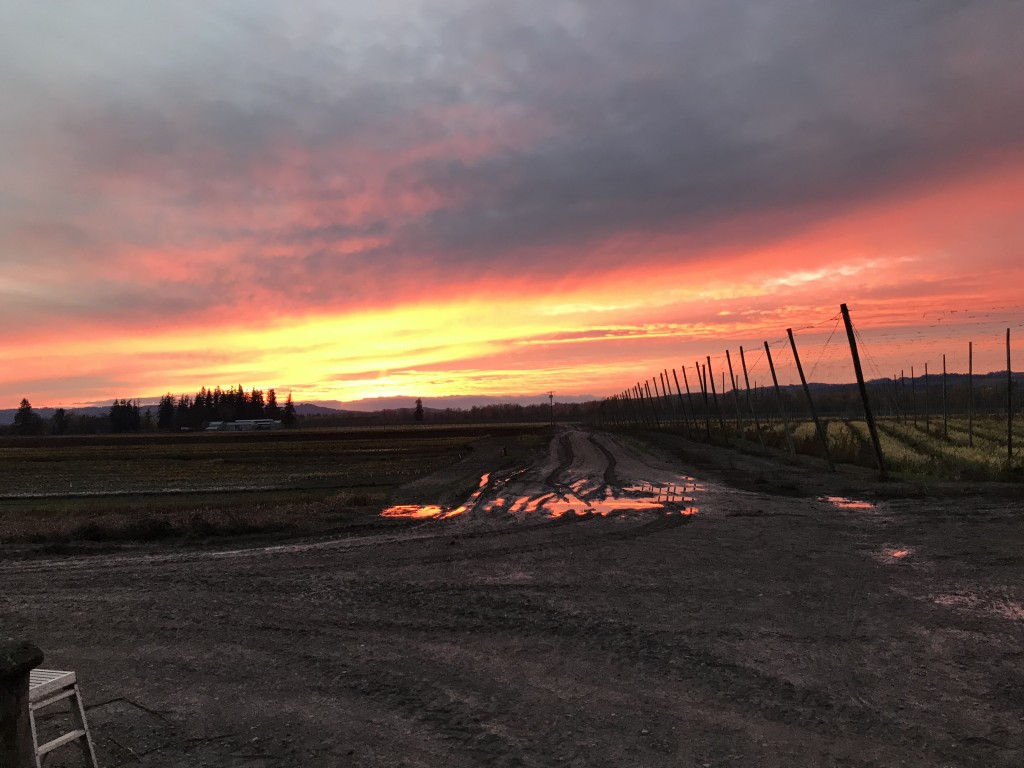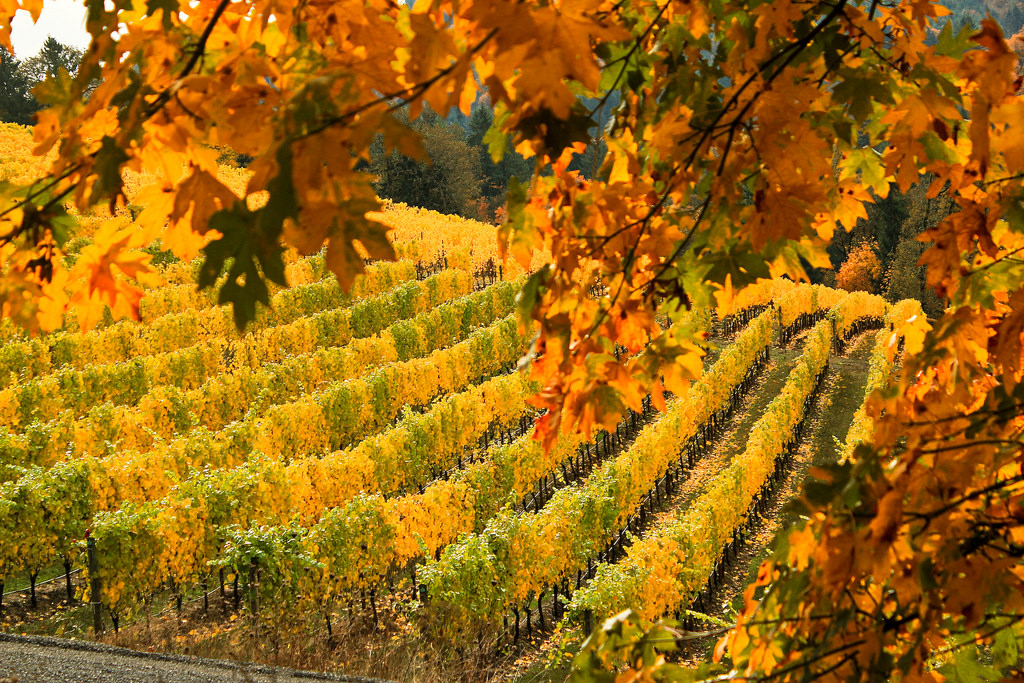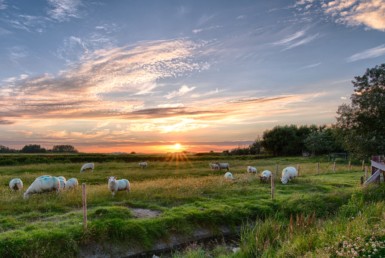
Willamette Valley Oregon
The Willamette Valley is 150-mile long that goes from Eugene to the south, north to Portland. . The Willamette River flows the entire length of the valley and is bordered by the the Cascade Range to the east, the Oregon Coast Range to the west.
Willamette Valley
A massively productive agricultural area, the valley was widely publicized in the 1820s as a ‘promised land. Throughout the 19th century the Willamette Valley was the destination of choice for the oxen-drawn wagon trains of migrants who made the perilous journey along the Oregon Trail.
Instant Urdu Dictionary
No Result Found

Geology- Willamette Valley Oregon
Much of the Willamette’s fertility is derived from a series of massive ice-age floods that came from Lake Missoula and scoured across Washington, sweeping its topsoil down the Columbia River Gorge. When floodwaters met log- and ice-jams at Kalama in southwest Washington, the water caused a backup that filled the entire Willamette Valley to a depth of 300 to 400 feet.
Geography- Willamette Valley Oregon
The valley may be loosely defined as the broad plain of the Willamette, bounded on the west by the Oregon Coast Range and on the east by the Cascade Range. It is bounded on the south by the Calapooya Mountains, which separate the headwaters of the Willamette from the Umpqua River valley about 25 miles south Hidden Valley.I-5 runs the length of the valley, linking its major communities.
The Willamette Valley Oregon runs from Eugene north to 40 miles north of Portland. Nestled in between the coast range and the Cascade Range.
Climate- Willamette Valley Oregon
The climate in Willamette Valley Oregon is Mediterranean with oceanic features. This climate is characterized by very dry and mostly cloudless summers, ranging from warm to occasionally very hot, followed by cool, rainy, and consistently cloudy winters. The precipitation pattern is distinctly Mediterranean, with little to no rainfall occurring during the summer months and over half of annual precipitation falling between November and February.
arziat – ارضيات
geology—noun, plural ge·ol·o·gies.
- the science that deals with the dynamics and physical history of the earth, the rocks of which it is composed, and the physical, chemical, and biological changes that the earth has undergone or is undergoing.
- the study of this science.
- the geologic features and processes occurring in a given region on the earth or on a celestial body: the geology of Mars; the geology of eastern Kentucky.
Origin: First recorded in 1680–90; geo- + -logy

Temperatures are predictable throughout the year, with daytime highs frequently reaching the low to mid 80s in the summer and the mid-40s in the winter.
Very cold days where the daytime high fails to rise above freezing are rare and may occur only two or three days per year, and occasionally not at all, especially in the lowest elevations of the valley.
Temperatures of 5 °F or lower occur only about once every 25 years. Spring and fall days are consistently between 50 and 70 degrees, with occasional surges of summer-like or winter-like temperatures that rarely last more than a week.[7]
Rainfall Willamette Valley Oregon
Rainfall varies considerably across the valley and is closely correlated with elevation. Annual totals range from 36 inches at the lowest elevations to more than 80 inches in the foothills.
Eugene, at the southern end of the valley, is 425 feet above sea level and receives 46 inches per year. Conversely, at the northern end of the valley, Portland is 50 feet above sea level and receives only 36 inches per year.
Annual snow accumulation mimics this pattern, with most locations averaging 3 to 5 inches per year, although some winters receive no snowfall whatsoever.[7] Growing seasons are long, averaging 150 to 180 days per year in the lowlands to about 110 to 130 days at elevations above 800 feet.
Agriculture- Willamette Valley Oregon
The agricultural richness of the valley is partly due to the Missoula Floods that inundated the valley approximately 40 times between 15,000 and 13,000 years ago at the end of the last ice age.
The floods were caused by the periodic rupturing of the ice dam of Glacial Lake Missoula the waters of which swept down the Columbia River and flooded the Willamette Valley as far south as Eugene.
The floodwaters carried rich volcanic and glacial soil from Eastern Washington which was deposited across the valley floor when the waters subsided. The soil in the Willamette Valley is about 1⁄2 mile deep in some areas.
Willamette Valley Oregon won’t disappoint you. This is god’s country. If you are looking for a home or investment look me up at al@cronemiller.com or visit my web site at www.homesforsalesalemoregon.net
Here is a great related article
Have a great day.




Join The Discussion